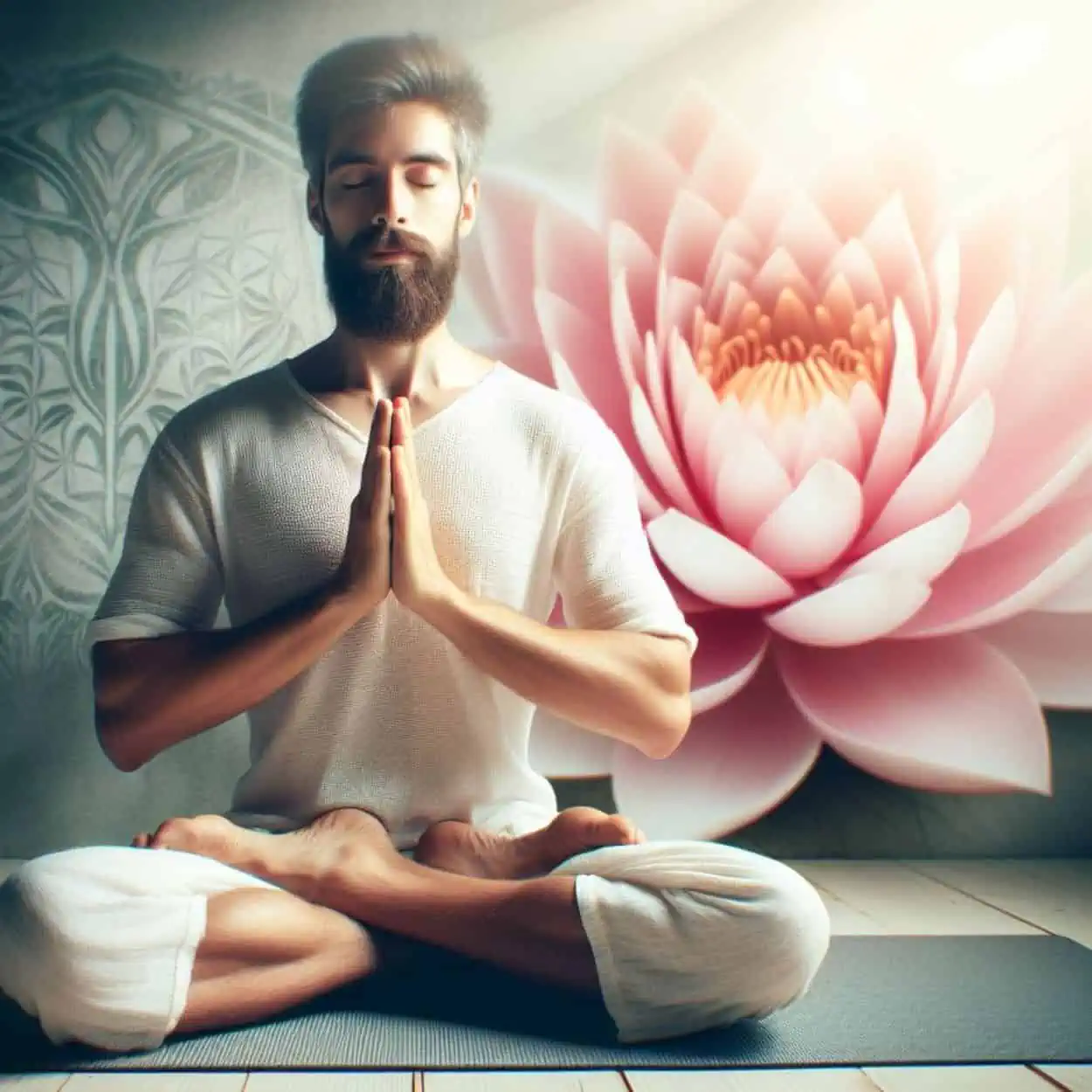Introduction
Yin Yoga is a gentle but powerful practice that focuses on long-held, passive stretches to target the deep connective tissues in the body. Unlike more dynamic styles of yoga, Yin Yoga poses are held for extended periods, typically ranging from one to five minutes or even longer. This slow-paced practice has gained popularity in recent years due to its numerous benefits for physical, mental, and emotional well-being. In this article, we will explore the principles of Yin Yoga and how it contributes to overall wellness.
Understanding Yin Yoga
Yin Yoga is rooted in the principles of traditional Chinese medicine and Taoist philosophy. It targets the body’s meridian lines, which are pathways through which energy, or Qi, flows. By holding poses for an extended period, practitioners can stimulate these meridians and improve the flow of energy throughout the body.
Key Principles of Yin Yoga
(1) Gentle Stretching: Yin Yoga poses are typically gentle stretches that are held for several minutes. These poses target the deep layers of fascia, ligaments, and tendons, promoting flexibility and joint mobility.
(2) Stillness and Surrender: Unlike more active styles of yoga, Yin Yoga encourages practitioners to find stillness in each pose and surrender to the sensations that arise. This cultivates mindfulness and introspection, allowing individuals to observe their thoughts and emotions without judgment.
(3) Long Holds: Poses in Yin Yoga are held for an extended period, usually between one to five minutes or longer. This prolonged stretching allows the muscles to relax and the connective tissues to release tension gradually.
(4) Breath Awareness: Conscious breathing is an integral part of Yin Yoga practice. Deep, slow breaths help to relax the body and calm the mind, allowing practitioners to deepen their stretches and release physical and emotional tension.
Benefits of Yin Yoga for Well-being
(1) Improved Flexibility and Joint Mobility: The long, passive stretches in Yin Yoga help to release tension in the muscles and increase flexibility in the joints. Regular practice can alleviate stiffness and improve overall mobility, making it an ideal practice for people of all ages and fitness levels.
(2) Stress Reduction: Yin Yoga promotes relaxation and stress relief by activating the parasympathetic nervous system, which induces the body’s relaxation response. The deep breathing and gentle stretching help to calm the mind and release tension stored in the body, leaving practitioners feeling more grounded and centered.
(3) Enhanced Energy Flow: By stimulating the body’s meridian lines, Yin Yoga helps to improve the flow of energy throughout the body. This can help to alleviate blockages and imbalances, promoting a sense of vitality and well-being.
(4) Emotional Release: Yin Yoga provides a safe space for emotional processing and release. As practitioners hold poses for an extended period, they may experience a range of emotions bubbling to the surface. By observing these emotions without judgment and allowing them to pass, individuals can cultivate greater emotional resilience and self-awareness.
(5) Improved Sleep Quality: The relaxation and stress-reducing effects of Yin Yoga can also contribute to better sleep quality. Practicing Yin Yoga before bedtime can help to calm the nervous system and promote relaxation, making it easier to fall asleep and stay asleep throughout the night.
Incorporating Yin Yoga into Your Routine
Adding Yin Yoga to your wellness routine is simple and can be done in the comfort of your own home or in a studio setting. Here are some tips for getting started:
(1) Start Slow: If you’re new to Yin Yoga, start with shorter holds (around one to two minutes) and gradually increase the duration as your body becomes more accustomed to the practice.
(2) Listen to Your Body: Pay attention to how your body feels in each pose and adjust as needed. It’s important to find a balance between sensation and comfort – you should feel a gentle stretch, but never pain.
(3) Use Props: Props such as bolsters, blankets, and blocks can be used to support your body in Yin Yoga poses, making them more accessible and comfortable. Don’t be afraid to experiment with different props to find what works best for you.
(4) Practice Mindfulness: Yin Yoga is not just about the physical postures; it’s also about cultivating mindfulness and self-awareness. Take time to observe your thoughts, emotions, and sensations as you hold each pose, and practice non-reactivity and acceptance.
(5) Be Consistent: Like any form of exercise or meditation, consistency is key to experiencing the full benefits of Yin Yoga. Aim to practice regularly, even if it’s just for a few minutes each day, to reap the rewards of this gentle yet profound practice.
Conclusion
Yin Yoga offers a unique approach to well-being by combining gentle stretching, breath awareness, and mindfulness. By incorporating Yin Yoga into your wellness routine, you can improve flexibility, reduce stress, enhance energy flow, and cultivate greater emotional resilience. Whether you’re a seasoned yogi or new to the practice, Yin Yoga provides a valuable opportunity to slow down, tune in, and nourish your body, mind, and soul.
Also Read:
➤ 6 Yin Yoga Poses for Balancing the Liver Meridian
➤ Yin Yoga for Chronic Pain
➤ Yin Yoga for Stress and Anxiety Relief
➤ Yin Yoga for Quieting the Thoughts
➤ Yin Yoga for Healthy Joints: A Holistic Approach to Joint Health
